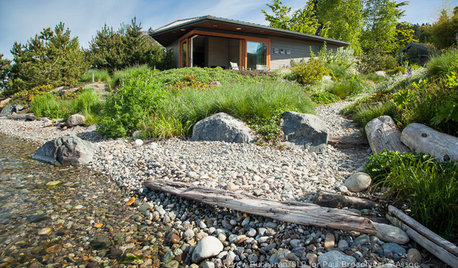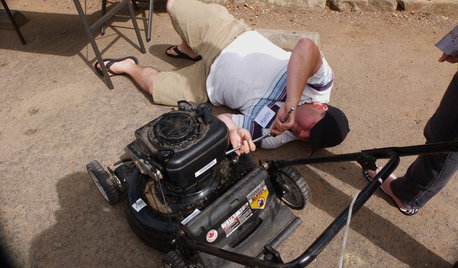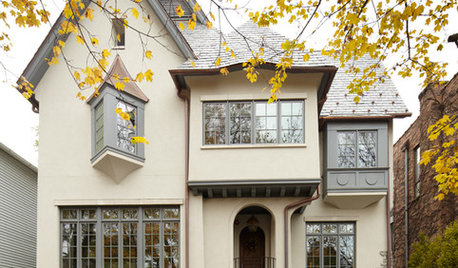How to repair my lawn??
elexir
10 years ago
Related Stories

INSPIRING GARDENSLawn Gives Way to a More Natural Lakeside Garden
Meadow grasses, beach pebbles and driftwood replace turfgrass in a nature-friendly landscape on Lake Washington’s shore
Full Story
LANDSCAPE DESIGNGet Along With Less Lawn — Ideas to Save Water and Effort
Ditch the mower and lower your water bill while creating a feast for the eyes with diverse plantings and gathering places
Full Story
FRONT YARD IDEASBefore and After: Front Lawn to Prairie Garden
How they did it: Homeowners create a plan, stick to it and keep the neighbors (and wildlife) in mind
Full Story
LANDSCAPE DESIGN15 Great Ideas for a Lawn-Free Yard
End the turf war for good with hardscaping, native grasses and ground covers that save water and are easier to maintain
Full Story
SAVING WATERHouzz Call: Are You Letting Go of Your Lawn?
Many facing a drought are swapping turf for less thirsty plantings. If you’re one of them, we’d like to hear about it
Full Story
GREAT HOME PROJECTSHow to Give Your Driveway and Front Walk More Curb Appeal
Prevent injuries and tire damage while making a great first impression by replacing or repairing front paths
Full Story
HOUSEKEEPINGProtect Your House From Winter Water Damage
Avoid costly repairs by learning to spot potential problem areas before water damage is done
Full Story
EVENTSDon't Throw Away Another Household Item Before Reading This
Repair Cafe events around the world enlist savvy volunteers to fix broken lamps, bicycles, electronics, small appliances, clothing and more
Full Story
HOUSEKEEPINGHow to Tackle Your Home To-Dos
Make quick work of minor repairs and replacements with this thorough, step-by-step approach
Full Story
SELLING YOUR HOUSEFix It or Not? What to Know When Prepping Your Home for Sale
Find out whether a repair is worth making before you put your house on the market
Full StorySponsored
Custom Craftsmanship & Construction Solutions in Franklin County
More Discussions









gsweater
dchall_san_antonio
Related Professionals
Simpsonville Landscape Architects & Landscape Designers · Brooklyn Center Landscape Architects & Landscape Designers · Allentown Landscape Contractors · Manchester Landscape Contractors · Arlington Landscape Contractors · Cupertino Landscape Contractors · East Hanover Landscape Contractors · Homewood Landscape Contractors · La Verne Landscape Contractors · Oak Harbor Landscape Contractors · Ramsey Landscape Contractors · Rochester Landscape Contractors · West Covina Landscape Contractors · Bensenville Landscape Contractors · College Station Swimming Pool BuilderselexirOriginal Author
dchall_san_antonio
gsweater